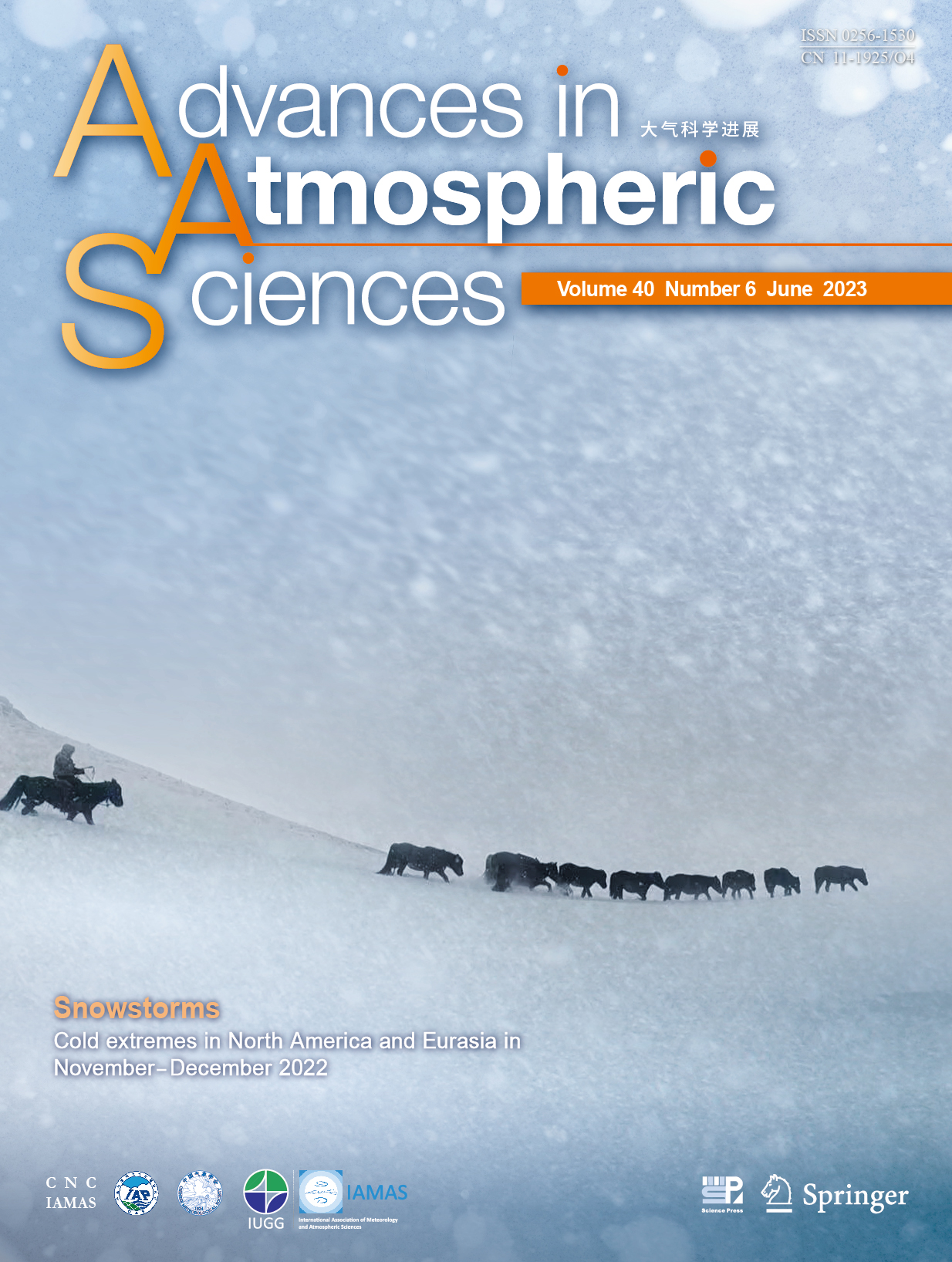Chinese Academy of Sciences
A research team has analyzed the atmospheric circulation of extreme cold events in the mid-latitudes of the Northern Hemisphere in both East Asia and North America between November and December of 2022.
They found that in both East Asia and North America, large, stationary blocking weather patterns prevented other weather systems from moving through, perpetuating the cold weather in both locations. Further analysis revealed that an important physical factor, the meridional potential vorticity gradient (PVy), was abnormally weak during this time, and likely contributed to the prolonged cold weather and associated snow events observed in these regions.
The study was published in Advances in Atmospheric Science on Feb. 9.
In their previous study, the researchers found that frequent cold waves were more likely to occur in mid-latitude Asia in the upcoming 2022-2023 winter season under the background of a warm Arctic and a cold tropical Pacific.
"Now, we'd like to know what actually caused these cold surges and if the cold events in North America and East Asia were related," said YAO Yao, lead author of the current study and associate professor at the Institute of Atmospheric Physics (IAP) of the Chinese Academy of Sciences (CAS).
They found that the abnormally weak potential vorticity gradient of the mid-latitude Northern Hemisphere atmosphere during this timeframe facilitated the development of stationary blocking weather patterns in both the Ural Mountains and Alaska, causing the frequent extreme cold weather and snowstorm events in East Asia and North America, respectively.
Further analysis revealed a weak connection between the extreme cold event experienced in East Asia around November 26, 2022 and the cooling with tornadic outbreaks and "bomb cyclone" observed in North America in mid- and late- December 2022, respectively.
"Abnormally weak atmospheric meridional potential vorticity gradients not only create favorable conditions for blocking weather patterns, but also decrease their predictability," said Prof. LUO Dehai from IAP, co-author of the study. "More accurate PVy modeling may improve forecasting of extreme cold weather events and future climate conditions."

/Public Release. This material from the originating organization/author(s) might be of the point-in-time nature, and edited for clarity, style and length. Mirage.News does not take institutional positions or sides, and all views, positions, and conclusions expressed herein are solely those of the author(s).View in full here.






